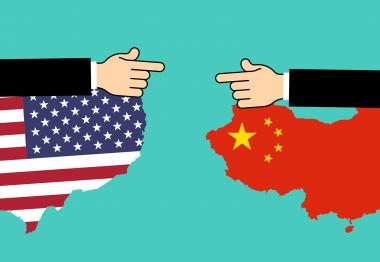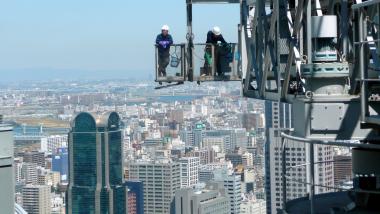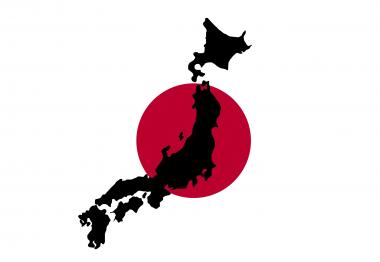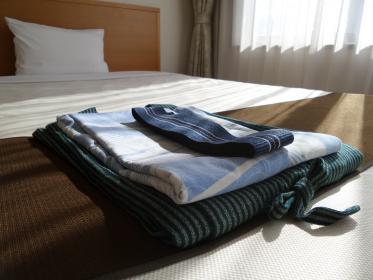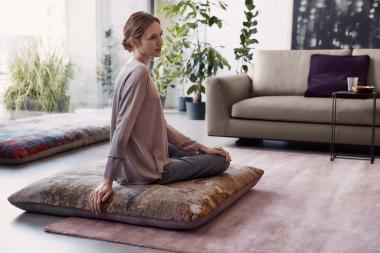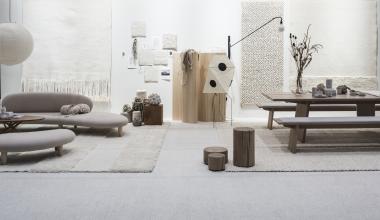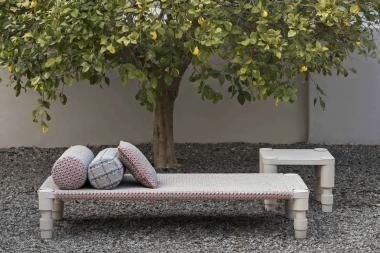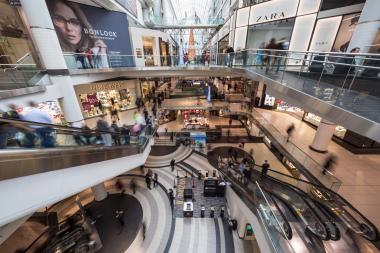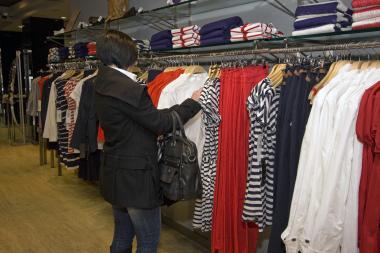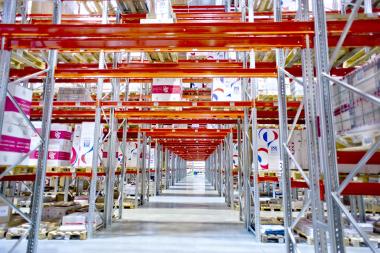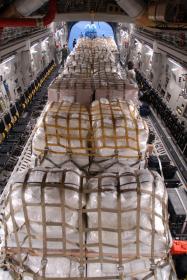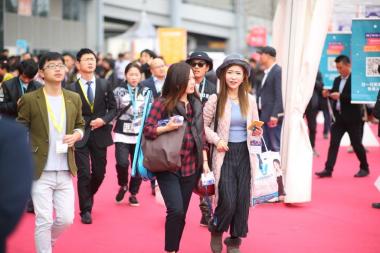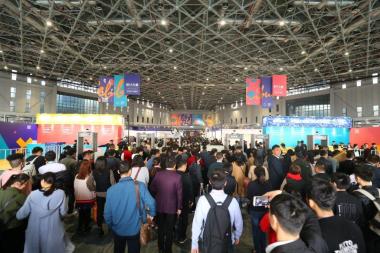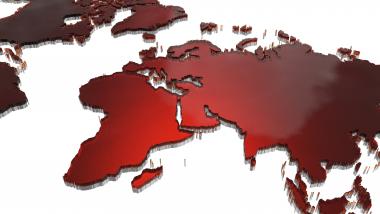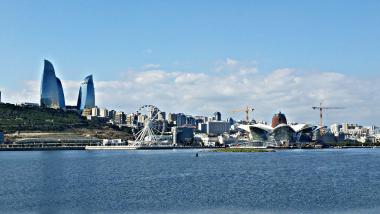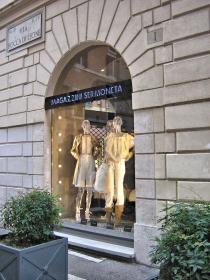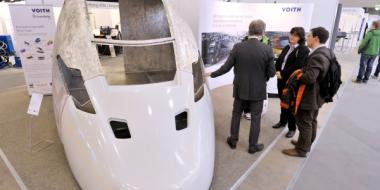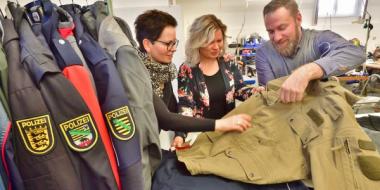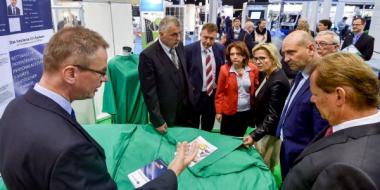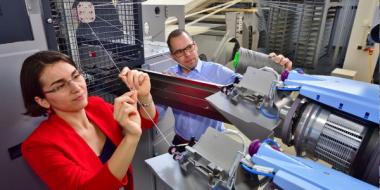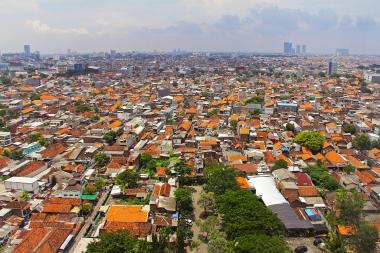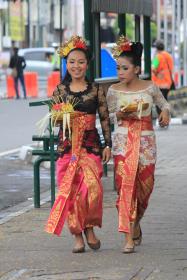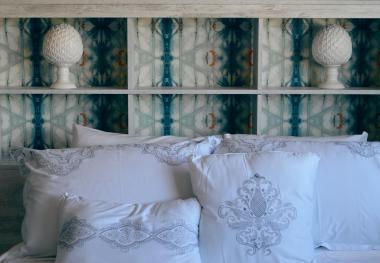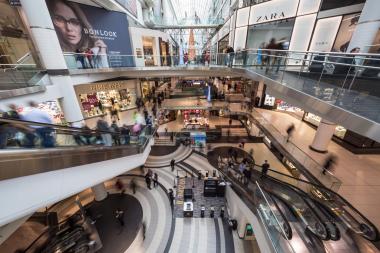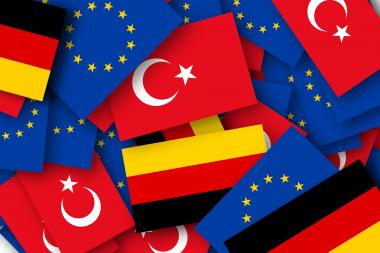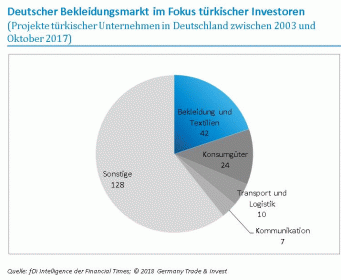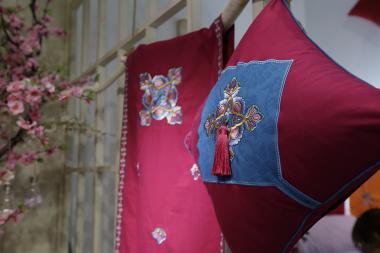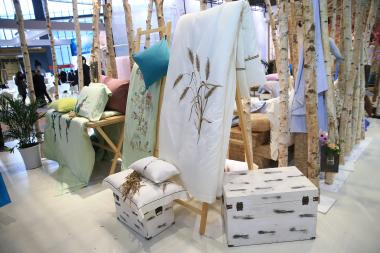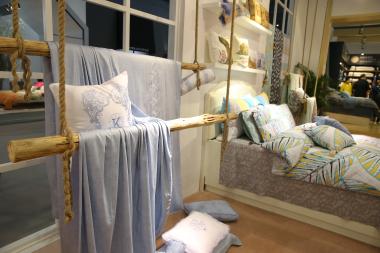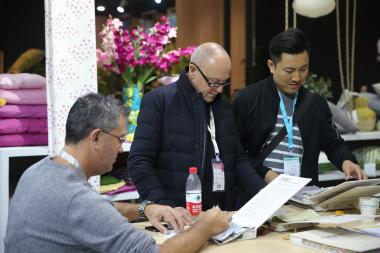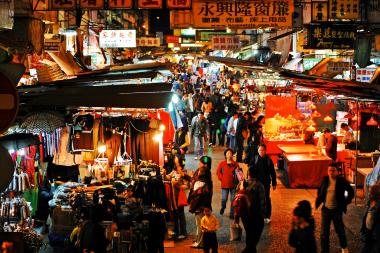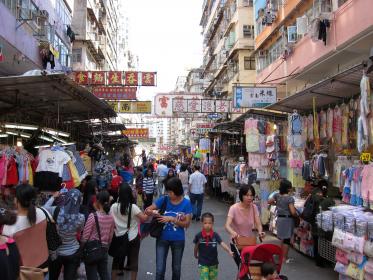HONG KONG COMPANIES ARE WITHDRAWING PRODUCTION FROM CHINA
- Capacities are relocated to Southeast Asia
Hong Kong (GTAI) - Thanks to President Trump, the emigration trend from the PRC is getting an additional boost. As far as logistics companies are concerned, Beijing is getting increasingly worried.
Already a decade or so ago, China began to relocate production facilities. As wages increased in the rich coastal cities, more and more companies were forced to move their factories inland or to so-called low-wage countries. There salaries, but also land, were more affordable. The environmental requirements were meanwhile laxer too.
The southern Chinese Pearl River Delta - probably the largest industrial settlement in the world - also felt this trend. In the 1980s and 1990s, investors from neighboring Hong Kong had outsourced virtually all of the industrial production of the Special Administrative Region (SVR) there. But around 2008/09, there came a change of opinion.
In addition to cost pressures, they got headwind from local governments. In booming cities like Shenzhen, where land was becoming increasingly scarce, light industry companies were no longer welcome. Also polluting and power-consuming industries, such as the production of ceramics, were moved out with more or less gentle pressure.
Companies pursue hybrid strategy
Many companies followed a hybrid strategy. The production of higher quality items remained in the Pearl River delta, which has recently became named as the Greater Bay Area. The production of mass products, on the other hand, was shifted to cheaper locations. Some manufacturers went to Southeast Asia. Especially in Vietnam many companies found a new home.
This relocation process has been steadily progressing ever since. With the ever-widening trade conflict between the People's Republic of China and the US, it now receives additional impetus. Many investors have been shifting parts of their production from their Chinese production cities to their Southeastern Asian factories since the announcement, at the latest since the introduction of the first tariffs.
This is possible in the short term and to a limited extent, initially without major investments, as long there is still enough free manufacturing capacity in the ASEAN (Association of Southeast Asian Nations). That should be true in most cases. In addition, in the second half of 2018, investors will also withdraw production equipment such as machines from China and send them to Southeast Asia.
Relocation preferably to Vietnam, Malaysia and Laos
At the end of July 2018, the Hong Kong-listed carrier Kerry Logistics reported in the South China Morning Post that its business had noticeably picked up as a result of the trade dispute. The customers would relocate production steps especially to Malaysia, Vietnam and Laos. In the aforementioned countries, an increase in export activity is expected in the second half of 2018.
According to the president of the Hong Kong Young Industrialists Council, the member companies are relocating their production mainly to Malaysia and Vietnam in order to avoid rising costs and the tariff conflict. The CEO of the Hong Kong fashion producer Lever Style told reporters that already now only 50 percent of its production comes from the People's Republic of China. Eight years ago, the quota was still at 100 percent.
This so-called "China Plus One" strategy is therefore a natural development. The companies pursue it for years not only for cost reasons, but also to spread their risk, which now turns out to be the right good one. For China this development is not threatening at this time. The country is aiming for a permanent higher positioning of its industry anyway. As part of the "Made in China 2025" strategy, the People's Republic wants to become the technological world leader even in ten sectors.
But if the accelerated relocation process increases unemployment and stutters the economy, Beijing may be come under pressure. The negative effects of the trade conflict are already being felt. Stock prices plummeted and the Chinese yuan lost significant in value against the US dollar, what could trigger a capital flight.
Roland Rhode, Germany Trade & Invest www.gtai.de



